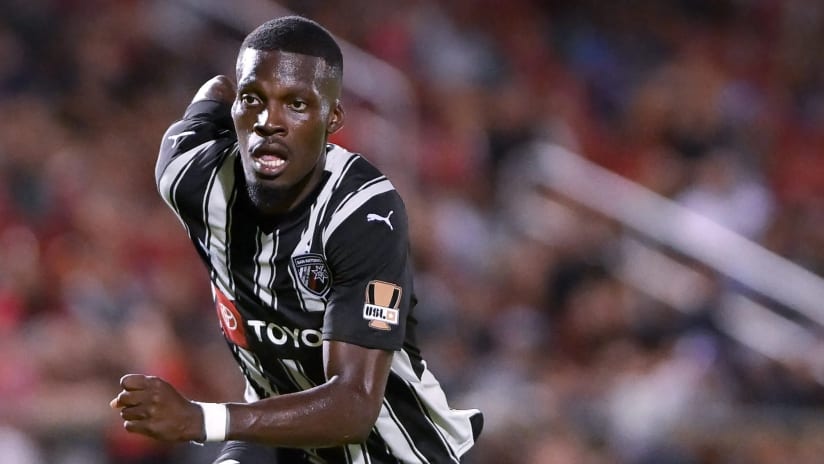So, Minnesota United loaned a few players out this season. What does that mean? How did they do? Let’s take a moment to break down the basic structure of one of soccer’s most unique and useful development tools, then check in on how the Loons on loan performed this season.
What is a Loan?
For soccer clubs across the world, the process of loaning players out is both common and effective. It’s often done to give young players a chance to get more playing time at a level between the second and first teams. While MNUFC2 has done a wonderful job of bridging that gap for a lot of players, there’s no replacement for first-team experience as some players prepare for the biggest stage. Think along the lines of the farm system in Major League Baseball, but a little different.
Instead of having lower-level teams affiliate themselves directly with top-tier clubs, soccer clubs operate completely independently, for the most part. Therefore, there isn’t the same amount of flexibility when trying to move players between their parent club and their loan club. Once you sign an agreement, it’s easiest to just see that agreement out before returning.
Unlike a permanent transfer, a loan move doesn’t mean a player is leaving your team for good. It’s exactly what it sounds like: a loan. At the end of the agreement, they return to the parent club that they started with, hopefully with plenty of playing experience in tow.
On an individual level, a successful loan spell is the equivalent of completing a prestigious internship. You put your skills into practice, showing what you’re capable of and getting even better in the process. By demonstrating an ability to get things done, any player can give their coach reason to pause while they’re selecting next year’s lineup.
Not every loan works out perfectly, but it’s a useful tool nonetheless. Some teams prefer to use their own players, so they don’t give loanees a fair chance to play. Other times, the deal might not get done until late in the season, when routines are already firmly established, making it hard for any new faces to break in. Sometimes, it simply isn’t the right fit from a style or personality perspective. For whatever reason, it’s not uncommon for loan deals to go sour. But, it’s the good ones that remind people why so many clubs continue to try this method out.
Loons on Loan in 2023
In 2023, MNUFC loaned a total of three players: Patrick Weah, Cameron Dunbar, and Tani Oluwaseyi. All three joined USL Championship (second tier of American soccer) clubs for varying amounts of time, gaining new perspective and valuable experience in their soccer careers.
For striker Tani Oluwaseyi, a year on loan turned out to be exactly what the doctor ordered. The former St. John’s standout spent much of 2023 with San Antonio FC in the USL Championship, featuring in 27 games in total and putting together an impressive season.
After 78 shots (second-most in the USL), his 18 goals were good enough to make him the league’s fourth-leading goalscorer. That means he hit home just over 23% of the time when he bought a ticket. If he shot the ball just four times in a single game, he probably scored at least once.
Oluwaseyi added seven assists to boot, bringing his total goal contributions up to 25 for the season. That’s a goal contribution every 97 minutes, just shy of one per game. His attacking excellence helped fire San Antonio to a fourth-place finish in the Western Conference as well as a run to the playoff quarterfinal. Though he scored in the match, SAFC were beaten 3-1 by Sacramento Republic to end their season.
While the aforementioned stats are impressive on their own, it’s the way they came about that’s most eye-catching. Oluwaseyi took to the USL Championship like a Loon to water, bagging two hat tricks and a poker (four goals in a single game) before the regular season ended. If you isolate the 270 minutes of those matches, he scored a goal every 27 minutes. Not a bad clip.
All three players will return to MNUFC following their experience in the USL Championship. Weah (19), Dunbar (21), and Oluwaseyi (23) are all still at the beginning of their careers, with plenty of time to grow and learn. Last year’s time on loan gave each of them valuable experience in a competitive environment; now, it’s time to see if they’re ready for the next step.




